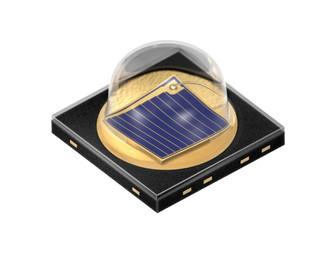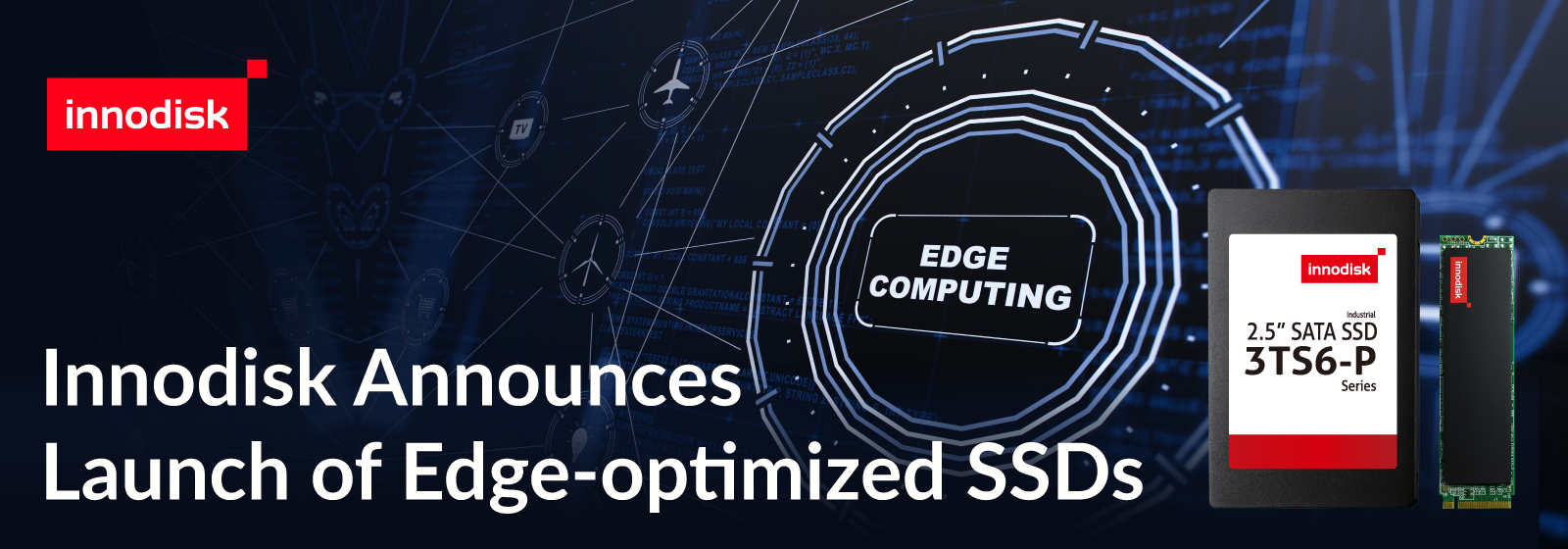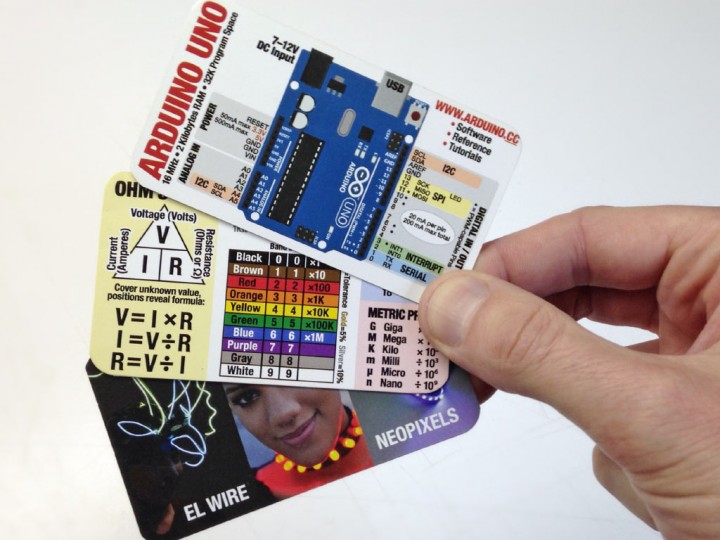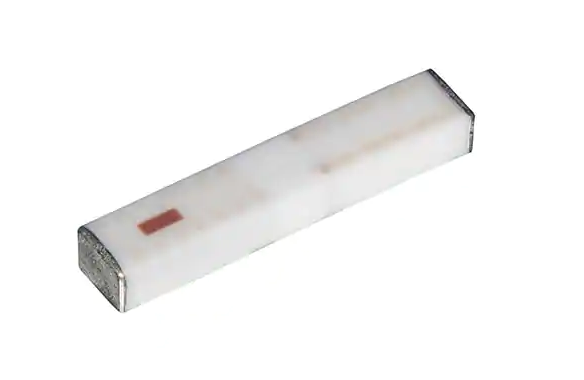
If you are new into hardware or still familiarizing yourself to the hardware ecosystem, you will realize some common terms often appear which could sometimes sound confusing or something out of rocket science, but it’s not. Here’s a quick look at five common terms used in hardware products or boards and what they denote.
Let’s take a look at them –
System-in-a-Package (SiP)
A system in package (SiP) contains several ICs (chips) including a microprocessor on a single substrate such as ceramic or laminate. An example SiP can comprise several chips—such as a specialized processor, DRAM, flash memory—combined with passive components—resistors and capacitors—all mounted on the same substrate. This means that a complete functional unit can be built in a multi-chip package so that few external components need to be added to make it work.
SiP dies can be stacked vertically or tiled horizontally, unlike slightly less dense multi-chip modules, which place dies horizontally on a carrier. SiP connects the dies with standard off-chip wire bonds or solder bumps.
The appeal of a SiP is that it can be compact an otherwise complex system into a very simple package, making it easier to integrate into larger systems. It also simplifies PCB layouts.
Unlike a SOC that is based on a single silicon die, SiP can be based on multiple dies in a single package. SiP is believed to provide more interconnection in the future and possibly face out SoCs.
Package-on-a-Package (PoP)
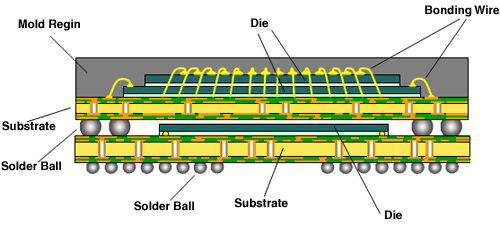
A Package-on-a-Package stacks single-component packages vertically, connected via ball grid arrays. Packages can be discrete components (memory, CPU, other logic) or a System-in-a-Package stacked with another package for added or expanded functionality.
PoP provides more component density and also simplifies PCB design. It can also improve signal propagation since the interconnects between components is much shorter.
System-on-a-Chip (SoC)
An SoC integrates a microcontroller (or microprocessor) with advanced peripherals like graphic processing unit (GPU), Wi-Fi module, or coprocessor.
Think of an SoC as a computer package inside a chip. The SoC integrates all components of a system into one. It may contain digital, analog, mixed-signal, and often radio-frequency functions – all on a single substrate. An SoC can be based around either a microcontroller (includes CPU, RAM, ROM, and other peripherals) or a microprocessor (includes only a CPU). It is also possible for SoCs to be customized for a specific application, including whatever components, memory, or peripherals necessary, ranging from digital/analog signal ICs, FPGAs, and IOs.
One of the major advantages of an SoC is that it is usually cheaper, smaller, easy to scale, and even more energy efficient. It is easier to build around a SoC for a product than to add several components individually. Despite its obvious advantages, SoC still has a significant disadvantage – you are going to be locked into that hardware configuration for life. This could be fine for consumer products, since you don’t expect any hardware upgrade or so but would limit hacking for makers related application.
A good example of an SoC is what we have in the Raspberry Pi; The Raspberry Pi uses a system on a chip as an almost fully-contained microcomputer. SoCs can help engineers speed up a product to market and even the adoption of new protocols, such as those Bluetooth 5 SoCs, that make it easier to integrate Bluetooth 5 into new products.
System on Module (SoM) / Computer on Module (CoM)
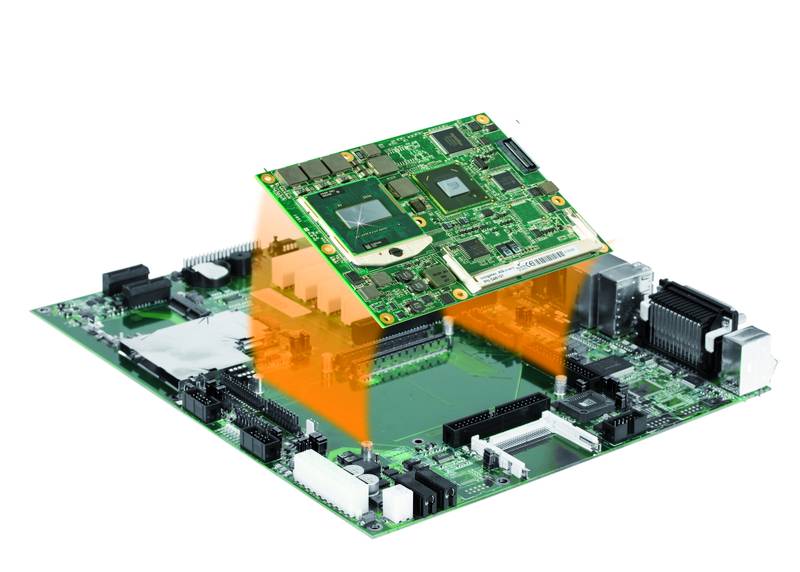
A System on a Module (SoM) and Computer on Module usually refers to the same thing. A Computer-on-a-module is a step above an SoC. It means a computer or system packaged in a single module. CoMs usually provide every piece you need to build a complete system; they incorporate an SoC (most of the time), connectivity, multimedia and display, GPIO, operating system, and others into one single module.
SoM based designs are usually scalable. SoMs/CoMs are usually paired with a carrier board. These carrier boards are usually used to extend out the SoMs functionality or parts. A SoM helps system designers realize a fully customized electronics assembly, complete with custom interfaces and form factor without the effort of a ground-up electronics design. Customers can purchase an off-the-shelf SoM and marry it to an easy to develop custom baseboard to create a solution functionally identical to one that is fully custom-engineered.
CoMs provide a plug-and-play type advantage since a CoM can be replaced or upgraded within a carrier, without having to change the carrier. There are some benefits to the SoM approach vs. ground-up development. These include cost savings, reduced risk, a variety of CPU choices, decreased customer design requirements, and a small footprint.
Unlike an SBC, a computer-on-module is a type of single-board computer made to plug into a carrier board, baseboard, or backplane for system expansion.
Single Board Computers (SBCs)
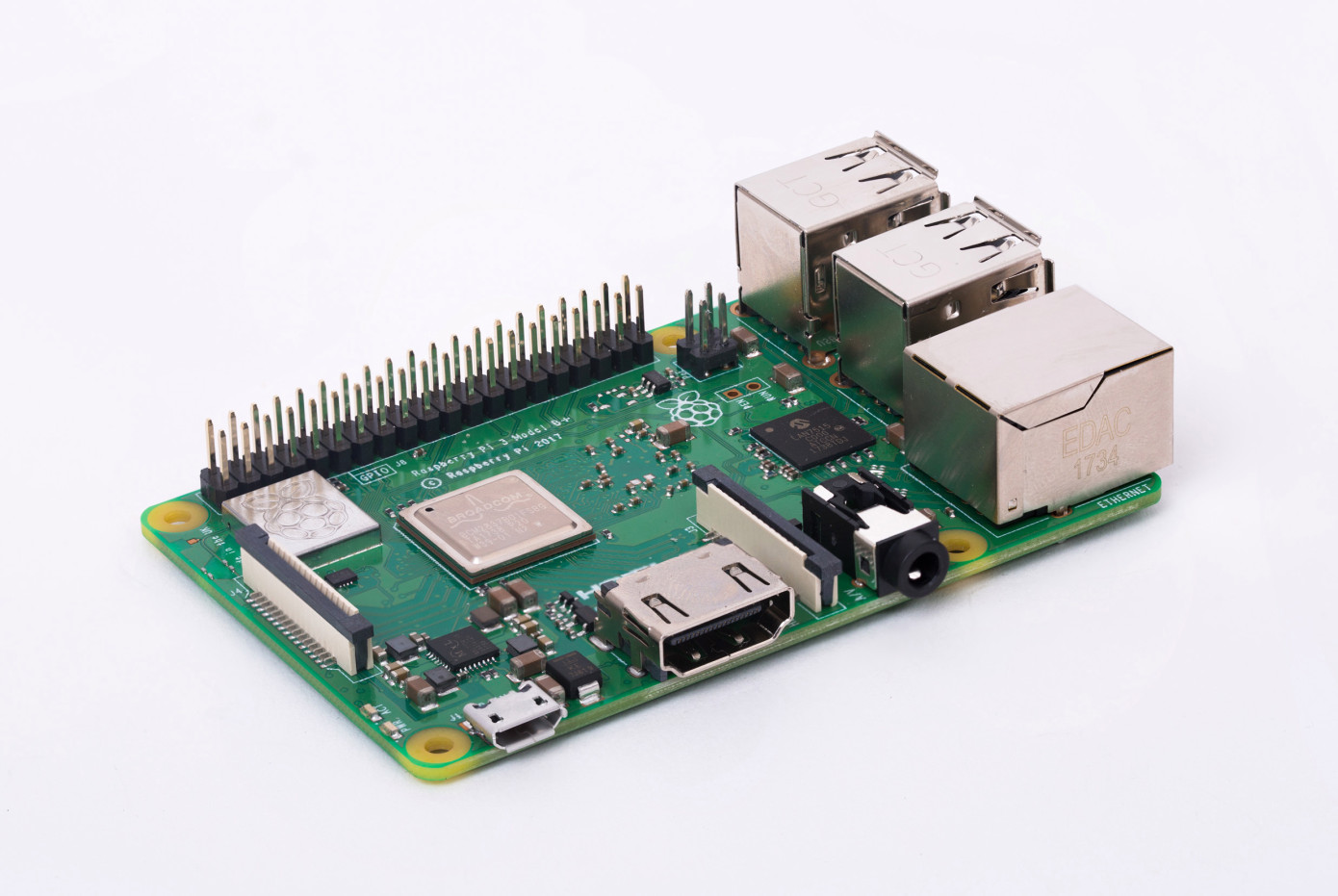
A single-board computer (SBC) is a complete computer built on a single circuit board, with a microprocessor(s), memory, input/output (I/O) and other features required for a functional computer. Single-board computers were made as demonstration or development systems, for educational systems, or for use as embedded computer controllers.
Single-board computer builds on SoC to provide a full-fledged computer on small circuit board. Examples of popular SBCs are Raspberry Pi boards, Nvidia Jetson, Beaglebone, and several others.







